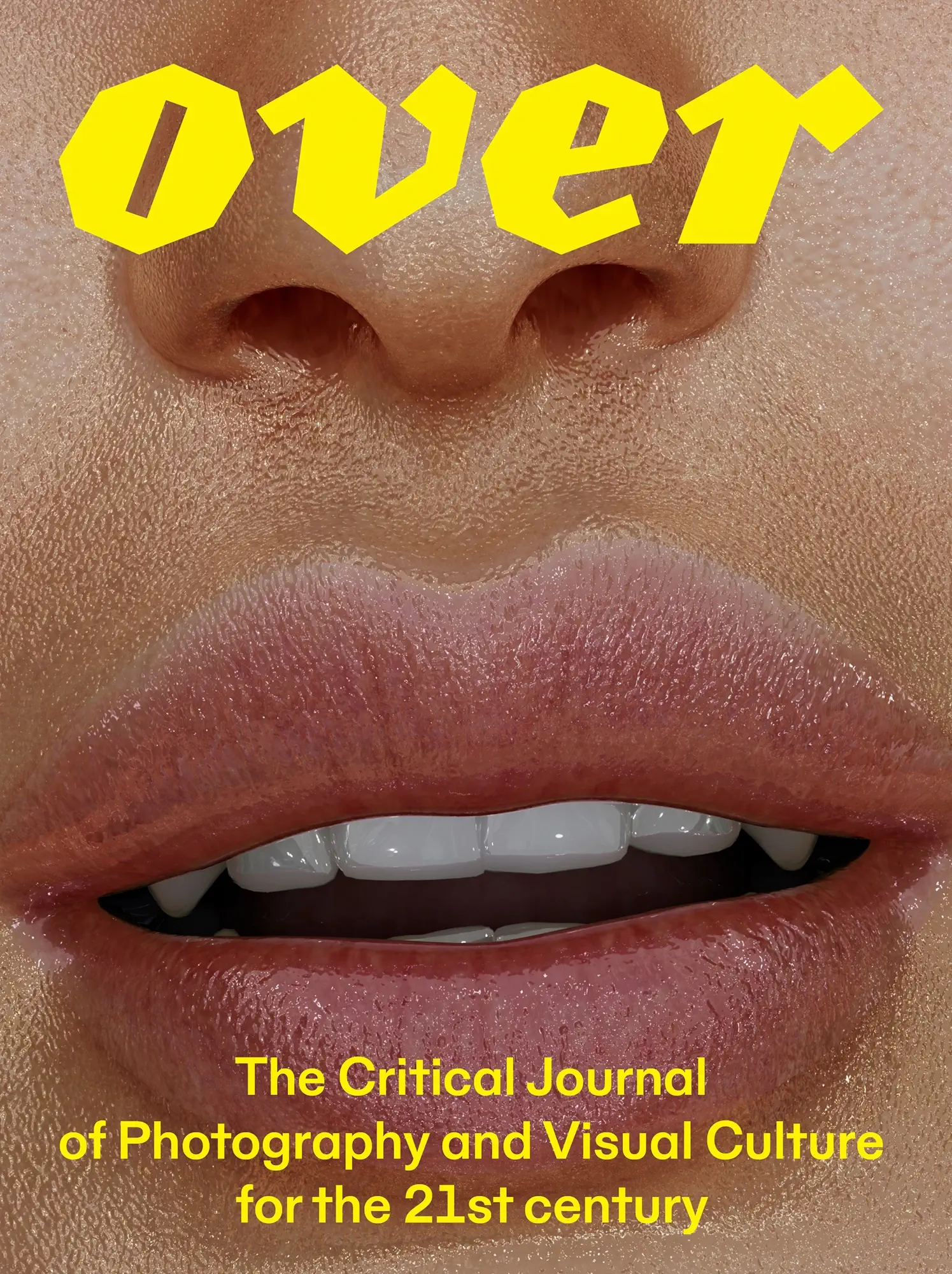Now is the time
Now Is The Time is a new publication by Una Mullally and Dorje de Burgh that attempts to connect threads of Palestinian solidarity through poetry and photography.
Myself and Dorje’s collaborations have emerged naturally from us being friends. We’ve always shared things we’ve made – zines, photographs – and exchange books all the time. I wrote a poem for a memorial for his mother during the pandemic. We created a video poem for a celebration of Sinéad O’Connor’s life at the Pavilion Theatre in Dun Laoghaire, County Dublin. We made a zine titled I Went To Train A Crow together in Berlin last year based on a poem I wrote and photographs Dorje had taken, and launched it at a party in Dublin this year. I wrote the text to accompany his series, Under the Same Sky, in the Source Photographic Review.
I suppose how we make work together is the motion of passing things back and forth to each other quite gently. Most importantly for me, it’s a way to communicate our friendship. We live in different countries, and all of this work has been made between Berlin, Dublin, and New York, so we’re constantly in dialogue with and moving between those three places. Having this connection with Dorje through the work we make together is very precious to me. It’s also very natural. It’s a version of hanging out, in a way. We don’t necessarily structure or plan what we do. The ideas and impulses land at different times, in different ways, for different reasons.
The words in Now Is The Time are from a poem I wrote for a Gig for Gaza event in Berlin last March, an event series bringing people in the city together who are from, or stand in solidarity with, Palestine. In the current context in Berlin, where the silencing and censorship of Palestinian voices and allies is pronounced, these gigs are vital spaces for solidarity, fundraising, and connecting people who believe in peace and Palestinian freedom. The poem is dedicated to Jules Fogarty, a driving force behind those gigs. When I’m asked for a poem, I tend to write it at some point in the 24 hours before the reading happens. It’s important to me that the energy is captured for the moment. As a result, they’re often quite rudimentary, but really it’s about how they land in the room. I wrote it to give people dealing with an extremely censorious context in Berlin something to hold on to, because for me, those gigs bring people together who care, so they can see, hear, learn from, and lean on each other.
The life of the poem was meant to be ephemeral and for a live context – but simultaneously, Dorje was taking these extraordinary photographs of protests in Berlin.
At a time when so many people are being brutalised in Berlin for the simple gesture of standing in solidarity with Palestine – nothing compared to what’s happening in Gaza, obviously – his images communicated the sinister coldness of police oppression in a European capital, and also the beauty and bravery of ordinary people protesting and standing up for what is right and true. They are incredibly striking images, and will live on as a document of this time. His photography is also evidence. Whatever history gets written, whatever the politicians and police do or say, people are taking to the streets, and refuting the violence that is being so horrifically imposed on innocent Palestinians in Gaza and the West Bank. This time is incredibly distressing, but people are standing up against this horror.
When I first saw these images of Dorje’s, the hairs stood up on my arms. His work has a way of getting not just beyond the initial layers of what you’re seeing, but between them. Sontag wrote that “the photographer discloses”. I think that’s very true of Dorje’s work. While the images of cops have a sinister and violent solid form, their counterpoint is the vibrancy of protestors always in motion, soft, sometimes even transparent. Is that not an utter truth of this time? State violence as a shocking force, and people marching for peace creating an energy that’s flowing around it, through it, demonstrating its porousness, even as it lashes out in attack?
The other poem I read at the Gig For Gaza was one I found on a post office counter in New York’s East Village last October. It was called Grandfather’s Key, and the author was anonymous. In a city where protestors were being arrested, and the media narrative was utterly distorted, it was so moving to me that someone left a poem on a counter for someone else to see. We “launched” Now Is The Time by returning to that post office, leaving a copy of the publication on that same counter. Just as I hoped that reading the anonymous poet’s words aloud in that room in Berlin would somehow create an energy that might find its way to them, I hoped this publication occupying the physical and spiritual space where they left their poem in New York might somehow get back to them. I want them to know that their words have travelled.
Una Mullally












Together, Una Mullally and Dorje de Burgh have published both Una’s poem and Dorje’s photographs in a zine that serves as an object of solidarity and also a donation mechanism (all proceeds, not a percentage) for Palestinian fundraising drives in Berlin raising money to help and assist loved ones in Gaza through the Gaza Mutual Aid Collective.
Published on 4Ls Press, Now Is the Time is now available at The Library Project.
All images in this page © Dorje de Burgh, from the series Now Is The Time, 2024. Website: forget.rip
1Sontag, S. (1997). On Photography. Farrar, Straus and Giroux.
























